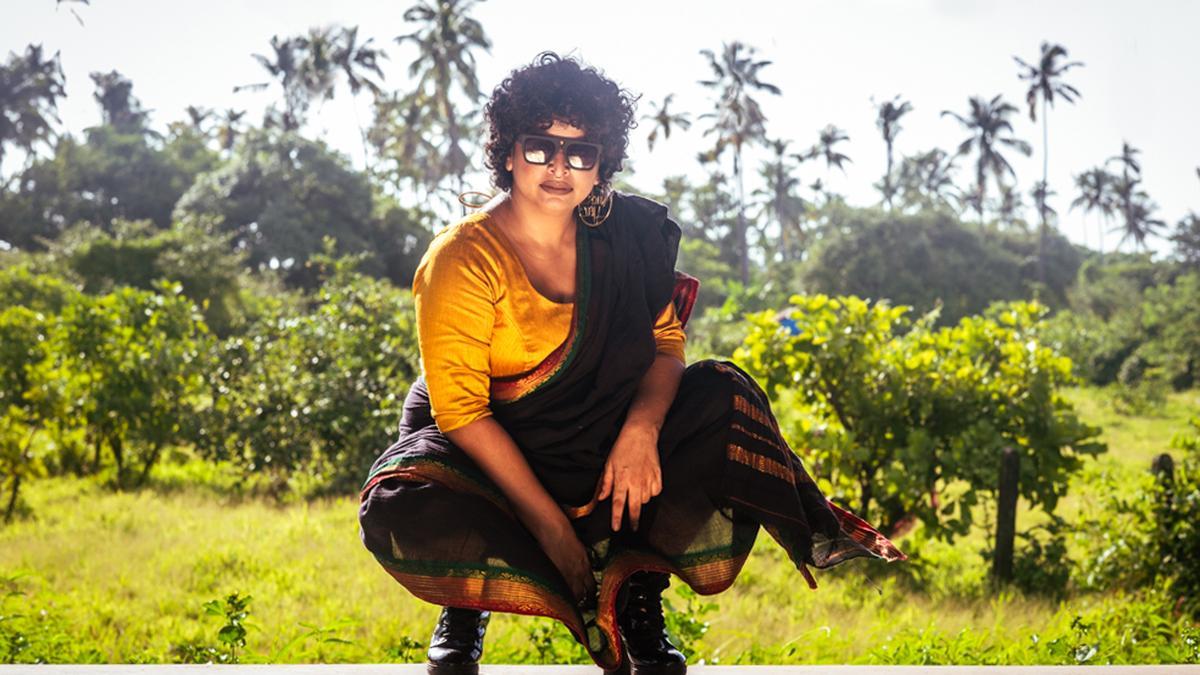
In the realm of aviation, a new symphony takes to the skies as Air India introduces an invigorating blend of safety and culture through its in-flight announcements. Renowned composer Shankar Mahadevan has been instrumental in crafting a unique sonic identity for the airline, entwining precaution with tradition in the form of a captivating safety announcement video.
Significant for Air India’s rebranding initiatives, the video curates an immersive experience for passengers, merging India’s classical dance forms as a canvas for articulating essential flight safety guidelines. The complexity of such a project is not lost on Mahadevan. “Conveying safety instructions, which are typically stringent and somber, while simultaneously celebrating our rich cultural tapestry was an intricate balancing act,” the composer recounted. His approach involved utilizing the expressive power of dance and music without compromising the gravity of the safety message.
The enchanting narrative woven throughout the safety video aligns with the vision of lyricist and scriptwriter Prasoon Joshi. Air India’s brief underscored a stylistic portrayal of India’s heritage—a concept Joshi brought to life through the inclusion of traditional hand gestures, known as mudras, to guide viewers through the safety demonstration. The execution required Mahadevan to compose a harmonic bridge between the numerous dance styles indicative of each Indian state, each with its distinct rhythms and musical scales, creating a cohesive and compelling piece.
But the video is just one facet of the broader endeavor to redefine Air India’s auditory brand. Alongside the visual feast of dance and safety orchestration, Mahadevan, in collaboration with percussionist Taufiq Qureshi and Joshi, developed a signature tune for the airline evoking the depth of Indian classical music heritage through modern interpretation.
Mahadevan affirms the challenge of encapsulating the essence of various Indian classical music and dance traditions into a format that would not only resonate within the confines of an aircraft cabin but also transcend to become an unmistakable identifier of Air India’s brand. “The project demanded an aggregation of distinct musical elements—selecting specific rhythmic instruments, tuning in to diverse scales, and then synergizing them in a manner that was not only interesting but also precise in its intent,” he explains.
Implementing this novel approach has piqued the interest of both travelers and industry onlookers alike. For passengers, the pre-flight moments, often subjected to unremarkable safety routines, are now transformed into an engaging display of India’s rich heritage, enhancing not only their safety awareness but also their appreciation for the country’s artistic diversity. The video, thus, serves a dual purpose: it reinforces crucial safety protocols while also offering a prelude to the cultural landscape that awaits them upon landing.
The redefinition of Air India’s in-flight announcement is reflective of a broader trend in how companies are turning ordinary operations into extraordinary brand experiences. By engaging Mahadevan and his team’s knack for fusion, the airline is betting on cultural branding as a distinctive market differentiator. The initiative could set a new standard in in-flight communication, where the mundane is replaced with melody and the informative is enlivened by the inventive.
With such multifaceted complexities, the nature of the project required meticulous planning, formidable creativity, and a nuanced understanding of both music and cultural representation. The end result is an audible and visual experience that exemplifies Air India’s commitment to not only ensuring passenger safety but also promoting India’s immense cultural wealth—a testament to the innovation that can arise when artistic ingenuity meets practical necessity.










